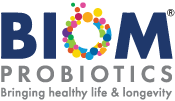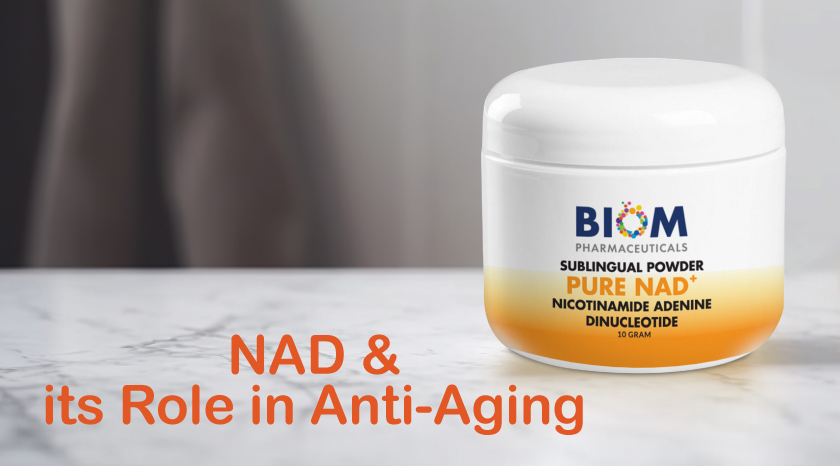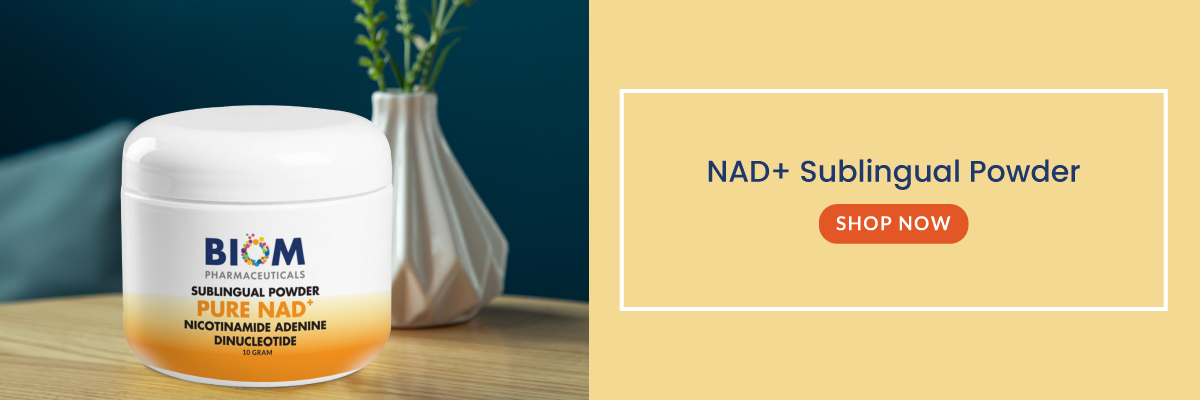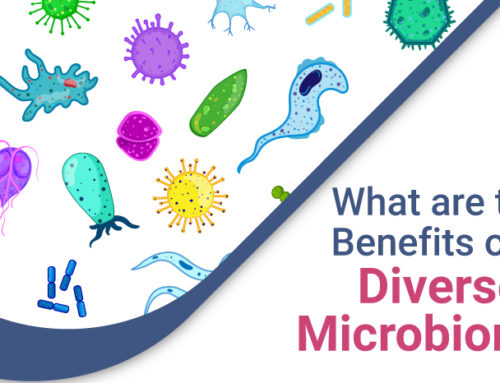As the pursuit of everlasting youth continues to captivate humanity, the spotlight has turned to a microscopic molecule with extraordinary potential – NAD (Nicotinamide Adenine Dinucleotide). In recent years, scientific research has unveiled the fascinating connection between NAD and the aging process, offering a glimpse into the promising realm of anti-aging interventions. In this blog, we’ll delve into the science behind NAD, its role in the aging process, and how harnessing its power may hold the key to slowing down the hands of time.
Understanding NAD:
- The Cellular Currency of Energy: NAD, often referred to as the “cellular currency,” is a coenzyme found in all living cells. Its primary role is to facilitate cellular energy production by shuttling electrons during metabolic processes, such as glycolysis and oxidative phosphorylation. This fundamental function makes NAD a vital player in maintaining cellular health and function.
- A Guardian of DNA Integrity: Beyond its energy-related duties, NAD plays a crucial role in preserving the integrity of our DNA. It acts as a cofactor for enzymes involved in DNA repair, helping to mend damage caused by environmental factors, radiation, and the natural wear and tear of daily life.
NAD and the Aging Process:
- Decline in NAD Levels with Age: One of the key aspects of aging is the gradual decline in NAD levels. This decline has been linked to a variety of age-related health issues, including decreased mitochondrial function, impaired DNA repair, and a decline in cellular energy production. As NAD levels diminish, cellular resilience diminishes, contributing to the aging process.
- The Sirtuin Connection: NAD is a crucial cofactor for a group of proteins known as sirtuins. Sirtuins are involved in regulating various cellular processes, including DNA repair, inflammation, and metabolism. When NAD levels are robust, sirtuins function optimally, promoting cellular health and potentially extending cellular lifespan.
Harnessing NAD for Anti-Aging:
- NAD Precursors and Supplements: Researchers have explored various strategies to boost NAD levels, including the use of NAD precursors. Compounds like nicotinamide riboside (NR) and nicotinamide mononucleotide (NMN) can elevate NAD levels when taken as supplements. These precursors offer a potential avenue for slowing down the age-related decline in NAD.
- Sirtuin Activators: Activating sirtuins through lifestyle factors such as caloric restriction and exercise may also contribute to maintaining NAD levels and promoting anti-aging effects. Certain molecules, like resveratrol found in red wine, have been studied for their potential to activate sirtuins and enhance NAD-related pathways.
As our understanding of NAD deepens, so does the promise it holds for anti-aging interventions. While the quest for eternal youth is a complex journey, the link between NAD and cellular health opens exciting possibilities. From NAD precursors to sirtuin-activating compounds, the landscape of anti-aging research is evolving, offering hope for a future where the graceful aging of our cells becomes a reality. As science continues to unravel the secrets of NAD, the pursuit of longevity takes a step forward into a realm where the fountain of youth may not be an elusive myth but a molecular reality waiting to be harnessed.





